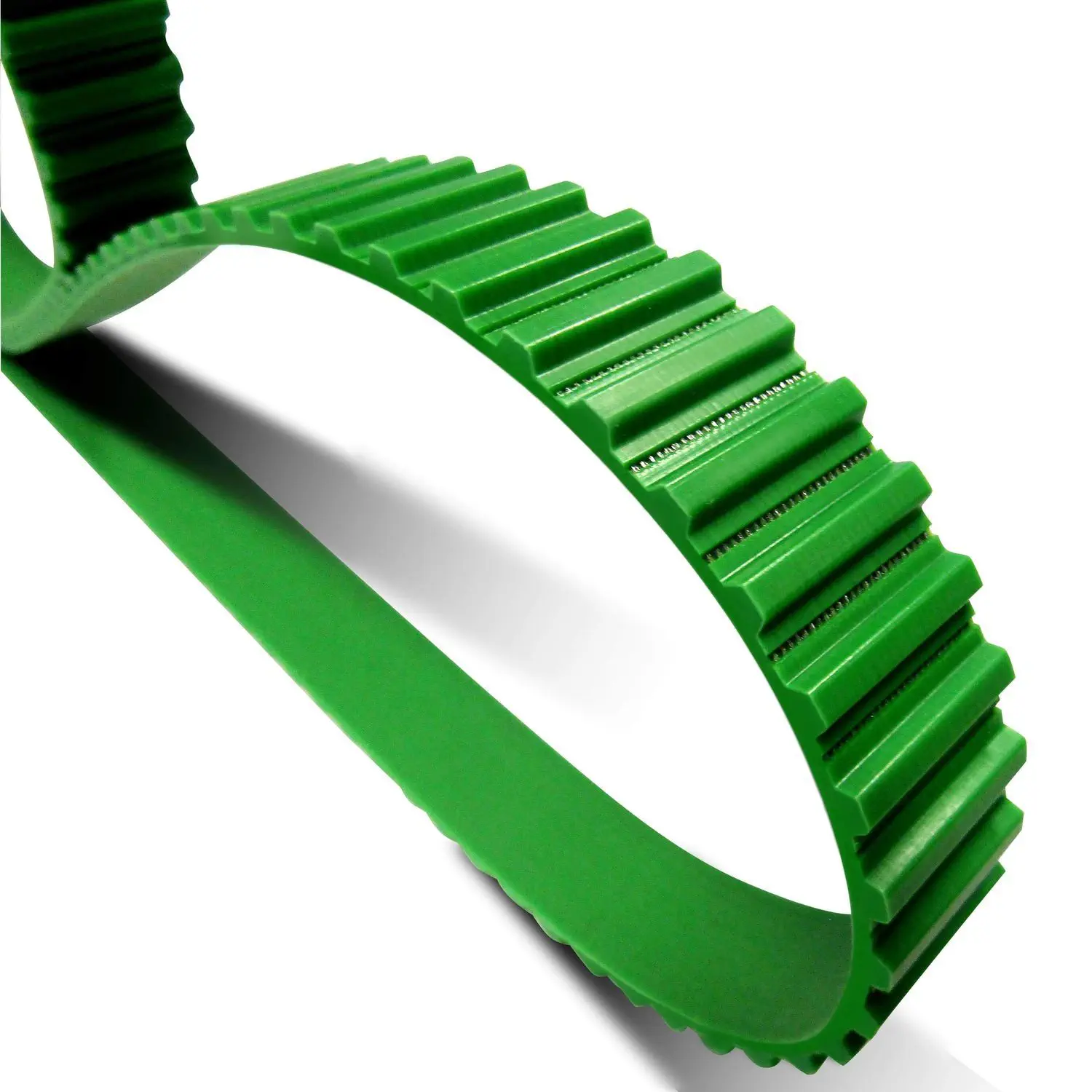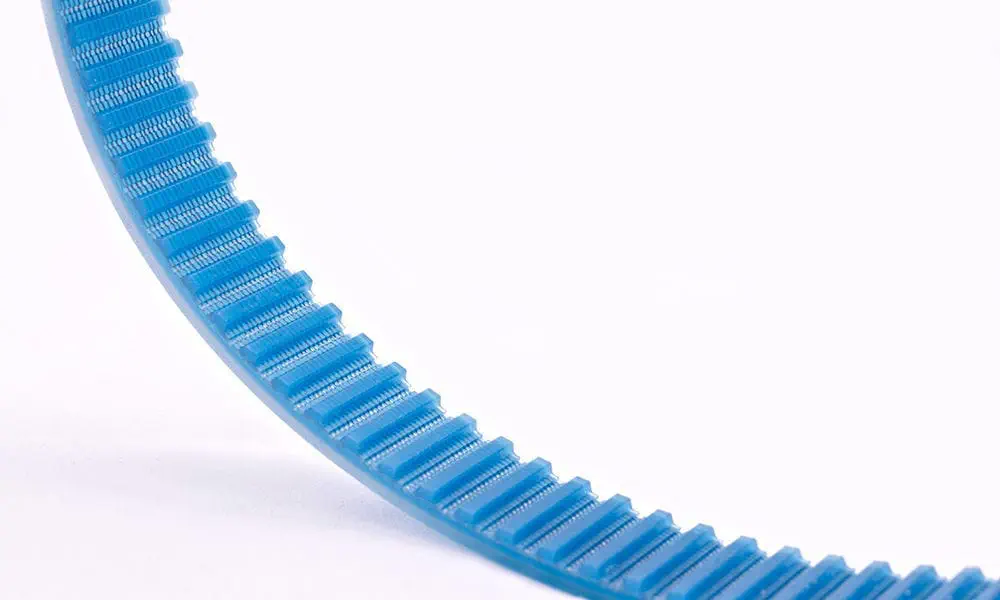Product Description
Our Services
Product Design Material Selection
Mold Design Mold Making
Bulk Production Logo Printing
Surface Treatment Assembling
Packaging Door to Door Delivery
| Material | Nylon ,mc nylon, POM,ABS,PU,PP,PE,PTFE,UHMWPE,HDPE,LDPE, PVC,etc. |
| Color | Black, white, red, green, transparent or any color according to Pantone code |
| Size | As per customer’s requirements |
| Technology | Injection molding, CNC machining, Extrusion |
| Surface Treatment | Powder coating, Zinc coating, Galvanization, Electro-deposition coating, Chrome/zinc/nickel plating, Polishing, Silkscreen, Black oxide |
| Application | Automotive, ATV, Mechanical equipment, Construction, Home appliance, Aviation, Office facilities, Agriculture, etc. |
| Shippment | We have longterm cooperation with internation shipping agent and express company, so that shipping safty and arriving time are secured |
Detail Image
Why Choose Us
CZPT is a leading manufacture of OEM parts in rubber & plastic & metal parts. We are always pursuing providing better quality products in shorter period. With a knowledgeable team which has experience in molding and production, we are confident to help you develop and manufacture your product.
Our Machine
Product Range
Contact Us /* March 10, 2571 17:59:20 */!function(){function s(e,r){var a,o={};try{e&&e.split(“,”).forEach(function(e,t){e&&(a=e.match(/(.*?):(.*)$/))&&1
| Pulley Sizes: | Type D |
|---|---|
| Manufacturing Process: | Forging |
| Material: | Customized |
| Samples: |
US$ 999/Piece
1 Piece(Min.Order) | Order Sample For sample price, package information, and logisti
|
|---|
| Customization: |
Available
| Customized Request |
|---|
.shipping-cost-tm .tm-status-off{background: none;padding:0;color: #1470cc}
|
Shipping Cost:
Estimated freight per unit. |
about shipping cost and estimated delivery time. |
|---|
| Payment Method: |
|
|---|---|
|
Initial Payment Full Payment |
| Currency: | US$ |
|---|
| Return&refunds: | You can apply for a refund up to 30 days after receipt of the products. |
|---|

Are there sustainability aspects associated with the use of plastic belts in conveyor systems?
Plastic belts in conveyor systems can have both positive and negative sustainability aspects. Here’s a detailed explanation:
- Positive Sustainability Aspects:
Plastic belts offer several sustainability benefits when used in conveyor systems:
- 1. Energy Efficiency:
Plastic belts contribute to energy efficiency in conveyor systems. Their low coefficient of friction and lightweight construction require less power to drive the belts, resulting in reduced energy consumption. By minimizing energy requirements, plastic belts help conserve energy resources and reduce greenhouse gas emissions associated with energy generation.
- 2. Reduced Material Waste:
Plastic belts are typically designed for long-lasting performance and durability. They can withstand wear, abrasion, and exposure to various environments, resulting in extended service life. This longevity reduces the need for frequent belt replacements, minimizing material waste and reducing the environmental impact of manufacturing new belts.
- 3. Recyclability:
Many plastic belts used in conveyor systems are recyclable. At the end of their life cycle, these belts can be collected, processed, and recycled into new plastic products. Recycling plastic belts helps divert waste from landfills and reduces the demand for virgin materials, contributing to a more circular and sustainable economy.
- 4. Lightweight Design:
Plastic belts are lightweight compared to other belt materials like steel or rubber. This lightweight design reduces the overall weight of the conveyor system and the energy required to move the belts and conveyed materials. It also allows for easier installation and maintenance, reducing the need for heavy machinery and associated energy consumption.
- Negative Sustainability Aspects:
While plastic belts offer sustainability benefits, there are also negative aspects to consider:
- 1. Environmental Impact of Plastic:
Plastic belts are made from petroleum-based materials, and their production contributes to the extraction of fossil fuels and the emission of greenhouse gases. Additionally, if plastic belts are not properly managed at the end of their life cycle, they can end up in landfills or as litter, posing environmental challenges. To mitigate these negative aspects, it is crucial to promote responsible waste management practices, including recycling or proper disposal of plastic belts.
- 2. Chemical and Resource Intensity:
The manufacturing process of plastic belts can involve the use of chemicals and resources, including energy and water. The extraction and processing of these resources can have environmental impacts, such as pollution and resource depletion. To address this, manufacturers can adopt more sustainable production practices, including the use of eco-friendly materials, energy-efficient manufacturing processes, and responsible water management.
- 3. End-of-Life Management:
The disposal of plastic belts at the end of their life cycle can pose challenges if proper recycling infrastructure is lacking. If not recycled, the belts may end up in landfills, contributing to waste accumulation. To overcome this, it is important to establish and promote recycling programs for plastic belts, ensure accessibility to recycling facilities, and encourage the development of innovative recycling technologies.
In summary, the use of plastic belts in conveyor systems has sustainability aspects. Plastic belts offer energy efficiency, reduced material waste, recyclability, and lightweight design. However, the environmental impact of plastic, chemical and resource intensity in production, and proper end-of-life management should be considered to mitigate the negative aspects associated with plastic belt use. By adopting sustainable practices throughout the lifecycle of plastic belts, such as recycling and responsible manufacturing, the overall sustainability of conveyor systems can be improved.

Can you provide examples of products or machinery that utilize plastic belts for conveying purposes?
Many products and machinery across various industries utilize plastic belts for conveying purposes. Here are some examples:
- 1. Conveyor Systems:
Plastic belts are extensively used in conveyor systems across different industries. These systems can be found in manufacturing facilities, warehouses, distribution centers, airports, and more. Conveyor systems equipped with plastic belts are employed for the transportation of a wide range of products, including packaged goods, automotive components, electronics, pharmaceuticals, food items, and beverages.
- 2. Food Processing Equipment:
In the food processing industry, various equipment utilizes plastic belts for conveying purposes. Examples include food sorting and grading machines, washing and cleaning systems, baking ovens, cooling and freezing tunnels, and packaging lines. Plastic belts are chosen for their hygienic properties, easy cleanability, and ability to withstand the rigorous demands of food processing environments.
- 3. Bottling and Packaging Machinery:
Bottling and packaging machinery extensively employ plastic belts for efficient product handling and packaging. Equipment such as filling machines, capping machines, labelers, cartoners, and case packers utilize plastic belts to transport bottles, containers, boxes, and other packaging materials. Plastic belts allow for smooth and precise conveying, ensuring accurate positioning and high-speed operations in the bottling and packaging processes.
- 4. Automated Material Handling Systems:
Automated material handling systems, commonly used in industries such as automotive, electronics, and e-commerce, rely on plastic belts for conveying and sorting purposes. These systems utilize plastic belts to transport products between different stages of the production line, sort items based on various criteria, and load or unload materials in warehouses or distribution centers. Plastic belts enable efficient and reliable material handling in these automated systems.
- 5. Printing and Paper Handling Equipment:
Printing presses, bindery equipment, and paper handling machines often incorporate plastic belts for the smooth movement of paper sheets, printed materials, or packaging components. Plastic belts with anti-static properties are particularly used in these applications to prevent static buildup and ensure the safe handling of sensitive materials.
- 6. Cleanroom and Electronics Manufacturing Equipment:
Cleanroom environments and electronics manufacturing facilities utilize plastic belts for conveying delicate electronic components, circuit boards, and semiconductors. Plastic belts with low particulate generation and excellent cleanroom compatibility are crucial in these industries to maintain strict cleanliness standards and prevent contamination or damage to sensitive electronic devices.
These are just a few examples of products and machinery that utilize plastic belts for conveying purposes. Plastic belts offer versatility, reliability, and customization options, making them suitable for a wide range of applications across various industries.

Are there specific applications where plastic belts outperform other types of conveyor belts?
Yes, there are specific applications where plastic belts outperform other types of conveyor belts. Here’s a detailed explanation:
- 1. Hygienic Environments:
Plastic belts are particularly well-suited for applications in hygienic environments such as the food and beverage industry, pharmaceuticals, and healthcare. They offer smooth, non-porous surfaces that are easy to clean and sanitize, reducing the risk of bacterial growth and cross-contamination. Plastic belts’ resistance to chemicals and moisture makes them suitable for industries that require regular washdowns and adherence to strict hygiene standards. In these applications, plastic belts outperform other types of belts, such as fabric or metal belts, which may be more difficult to clean or prone to bacterial buildup.
- 2. Product Accumulation and Diverting:
Plastic belts, especially modular plastic belts, excel in applications that require product accumulation and diverting. The interlocking modules on modular plastic belts allow for smooth product flow and accumulation without the need for additional components or complex control systems. These belts can also divert products to different lanes or conveyors using simple mechanisms. Plastic belts’ flexibility and adaptability make them an excellent choice for applications where precise product control and diversion are necessary, such as sorting systems in distribution centers or assembly lines with multiple workstations.
- 3. Gentle Product Handling:
Plastic belts, particularly those with cleats or vacuum features, are preferred when gentle product handling is required. The cleats on plastic belts help prevent product slippage and ensure stable conveying, making them suitable for incline or decline applications or conveying delicate items. Vacuum plastic belts utilize suction to hold lightweight or fragile products securely during transport, minimizing product damage. These belts outperform other types of belts, such as roller or chain conveyors, which may cause friction, impact, or abrasion on the conveyed products.
- 4. Noise Reduction:
Plastic belts offer noise reduction advantages over other types of conveyor belts. The damping properties of plastic materials help absorb vibrations and reduce noise generated during operation. This makes plastic belts a preferred choice in applications where noise levels need to be minimized, such as retail environments, offices, or manufacturing facilities with strict noise regulations. Other types of belts, such as metal belts or fabric belts, may produce higher levels of noise due to their material properties or mechanical design.
- 5. Corrosive or Wet Environments:
Plastic belts are highly resistant to chemicals, oils, and moisture, making them suitable for applications in corrosive or wet environments. In industries such as chemical processing, wastewater treatment, or mining, where exposure to corrosive substances or water is common, plastic belts offer superior performance and durability compared to belts made of materials like metal or fabric. Plastic belts’ resistance to corrosion and moisture-related damage ensures reliable operation and extends the service life of the conveyor system.
In summary, plastic belts outperform other types of conveyor belts in specific applications where hygiene, product accumulation and diverting, gentle handling, noise reduction, and resistance to corrosive or wet environments are critical. Understanding the unique advantages of plastic belts in these applications helps industries make informed decisions when selecting the most suitable conveyor belt for their material handling needs.


editor by CX 2024-02-22